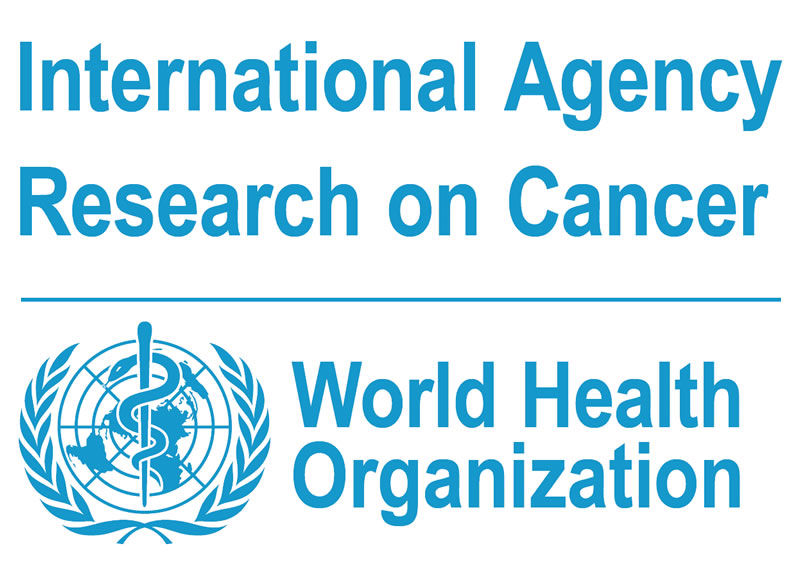It's nonsense, of course, but that is what statistics can do. As Dr. Stan Young, nationally renowned statistics expert and member of the American Council on Science and Health Board of Scientific Advisors notes in his talks, if you flip a coin 61 times you are almost certain to get heads 5 times in a row. So heads being thrown has a p-value of .05. If you put in disease outcomes instead of heads or tails then have 140 foods as inputs you have all kinds of things that can cause or cure cancer.
The International Agency for Research on Cancer was founded in 1965 with the goal of finding out what was hazardous to our health. But such epidemiology has become so bastardized that the phrase "hazardous to your health" has become synonymous with "harmful", which is not true at all. If I tell you a chemical in Scotch can kill you, that would alarm you. But if I then tell you that you'd need to drink 10,000 shots of Scotch all at once, you'd dismiss it. IARC hazard claims leave out that last part. They consider five orders of magnitude for exposure as equally hazardous. So one shot of whisky is equal to 10,000.

Do you know less about science than Paracelsus in the 17th century and every peasant since? Do you deny that the dose makes the poison? Then IARC and NIEHS 2009-2018 is for you. But hopefully those days are done.
When called out on this approach, they will concede they don't calculate risk, they only calculate hazard. But their press office not only uses "risk" interchangeably with "hazard" - 37 times in just one document, which they threatened to sue me for writing an article about - they attack anyone who shows the flaws in their system.
This has dramatic ramifications. California lawmakers turned over the ability to regulate chemicals in 1986, when IARC was still determining hazards and then telling the science community it was an exploratory finding and to go determine risk. The state's Proposition 65 must automatically place a cancer warning label on any chemical IARC claims is a hazard, be it with one dose or 10,000 doses. Exposure is irrelevant.

And in the U.S. government, the National Institute of Environmental Health Sciences began doing the same thing in 2009. In 2009, Led by Obama appointee Dr. Linda Birnbaum, NIEHS began telling government-funded researchers to find correlations and they'd figure out scientific explanations later. Chemistry, toxicology, pathology and biology have all been subordinated to statistics.
This crime against reason is why IARC needs to stop choosing epidemiologists as directors. Yes, they are an epidemiology group, but they need common sense. It's hard to know what they will decide to do. With controversial director Dr. Chris Wild - the guy who declared bacon, toast, and coffee hazardous to our health - on the way out, they have chance to shore up the distrust they have sown among the public. The way to do that is to pick a scientist. At American Council on Science and Health, I narrowed down what will likely be their shortlist and hoped for a winner: Shuji Ogino, a Japanese pathologist who now runs an epidemiology group at Harvard. Being a real scientist and then going into epidemiology is like the difference between being a psychiatrist and someone who goes into social psychology to hang out with psych undergrads.
He would be a great choice for IARC, and it would bring a sea change in their mentality.
Of course, this is IARC and if they had the vision they used to have they wouldn't be in this mess. So the safe choice is instead Elisabete Weiderpass. She is an epidemiologist so won't do much different than Chris Wild, she is European which allows France to feel like they still control cancer claims for the world, and she is married to an Old Guard IARC guy, Harri Vainio.




Comments